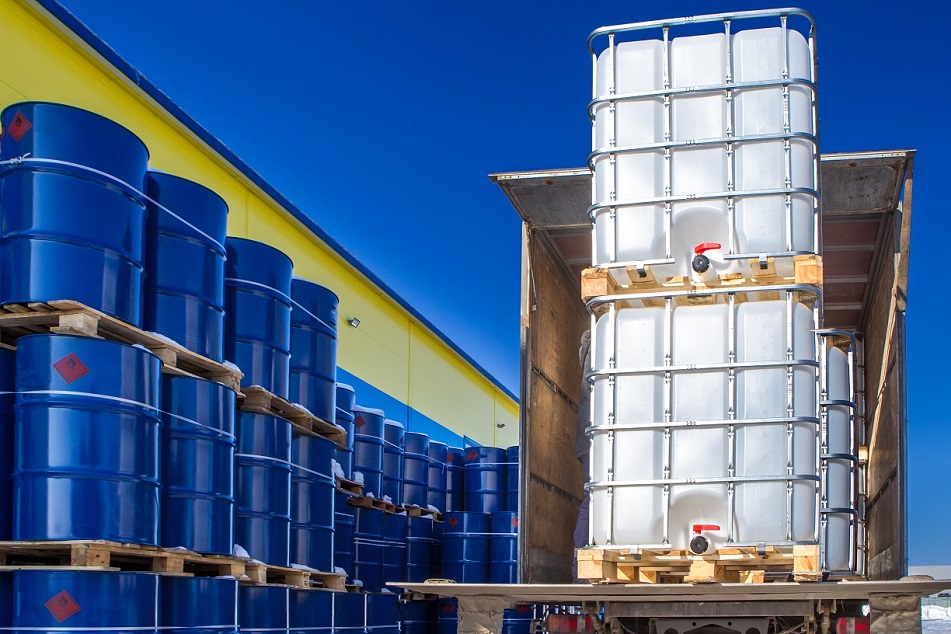In our rapidly evolving world, the question of “what is hazardous waste” has become increasingly significant, touching on vital environmental and public health concerns.
As societies progress industrially and technologically, the generation of hazardous wastes, including household hazardous waste and toxic wastes, has escalated.
These developments underscore the critical need for effective hazardous waste management and adherence to hazardous waste regulations to protect both human health and the environment.
Defining Hazardous Waste
Hazardous waste refers to a wide array of materials that pose significant risks to human health and the environment due to their toxic constituents, including physical or chemical impurities. These risks are characterized by the waste’s toxicity, ignitability, corrosivity, or reactivity.
Such classifications stem from stringent federal hazardous waste regulations, notably the Resource Conservation and Recovery Act (RCRA), which sets guidelines for the management of these dangerous substances.
Materials classified under this definition range from industrial chemicals and discarded commercial chemical products to household batteries and cleaning fluids, all considered hazardous due to their harmful properties.
Types of Hazardous Waste
1. Solid Waste:
Solid hazardous waste includes a broad spectrum of materials, from industrial chemicals to everyday items like batteries and pesticides.
These items become hazardous waste when discarded, posing risks due to their toxic and corrosive nature. The proper management of solid waste, including hazardous waste recycling and disposal, is crucial.
2. Liquid Waste:
This category encompasses hazardous wastes like waste oil and aqueous wastes from certain industrial processes, which contain hazardous constituents.
Proper disposal methods for these toxic substances include treatment and recycling to minimize environmental impact.
3. Gaseous Waste:
Emissions from manufacturing processes and other industrial activities can release hazardous substances, including toxic gases, into the atmosphere.
The management of these hazardous materials requires effective pollution control measures to protect air quality and public health.
Impact of Hazardous Waste
The improper disposal of hazardous wastes, including household hazardous wastes and industrial chemicals, can severely impact health and the environment.
Pollution of soil, water, and air with toxic substances can lead to long-term detrimental effects, including chronic health conditions and environmental degradation.
The presence of hazardous constituents in the environment necessitates rigorous waste management practices and regulatory compliance to mitigate these risks.
Hazardous Waste Management and Regulations
The management of hazardous waste is governed by federal regulations, including the RCRA, which aims to ensure the safe handling, storage, and disposal of hazardous materials.
Hazardous waste generators, from industries to households, are required to adhere to these regulations, implementing proper management practices like hazardous waste recycling and safe disposal methods.
Conclusion
Understanding the intricacies of hazardous waste, from its definition to its impact on human health and the environment, highlights the urgent need for stringent hazardous waste management and regulations.
By ensuring the proper handling of hazardous materials, from solid waste to radioactive waste, and promoting practices like recycling and recovery, we can safeguard our planet and well-being for future generations.
Learn more about Hazardous Waste from Our Articles Below:
- Why Your Competitors are Changing Their Management of Hazardous Waste
- Hazardous Waste Disposal Made Easy: Tips and Tools for Efficient Management
- Understanding Hazardous Waste Inspection Requirements

